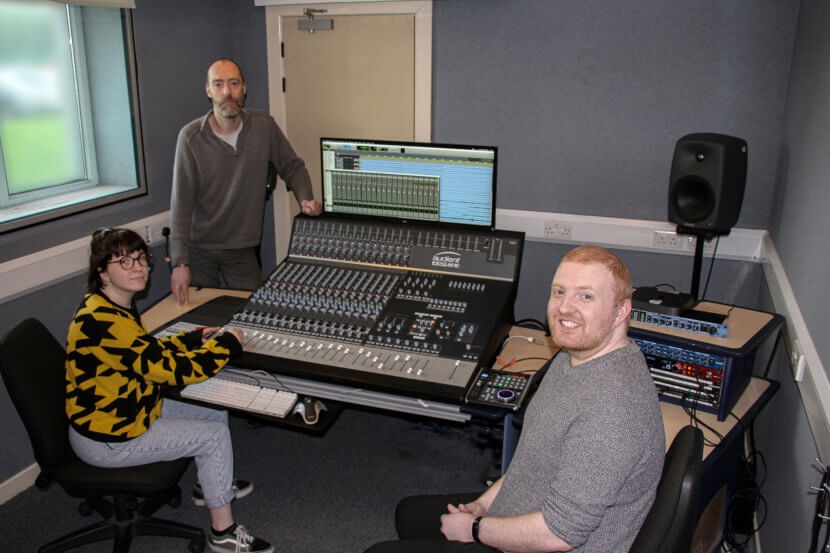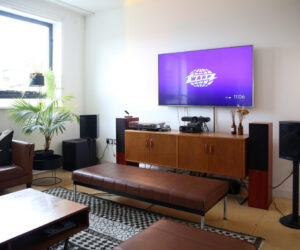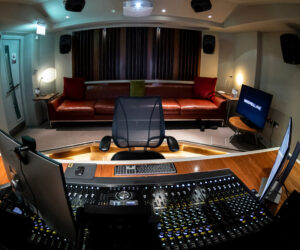An Audient ASP4816 mixing console was installed at Limerick Institute of Technology (LIT, located in Limerick, Ireland) in January and was went into action within days of its arrival, recording award-winning Irish actor, comedian, writer and entertainer Pat Shortt’s podcast to be released this week. “Our students are providing recording, Foley and mixing for the podcast’s six episodes,” explains Art O’Laoire, the institute’s technical officer for creative technologies.
Preplanning and careful deliberation by the music technology staff led to the compact analog desk being up and running quickly. “It was a decision not made lightly. We looked at all the possibilities to hand,” O’Laoire explains. “We considered the Audient ASP8024 at first but realized the ASP4816 console was better suited to our needs. The way the desk is configured straight from the factory meant it had all the connections we needed: 16 preamps, 48 inputs in total and a monitoring section.”
Up until then the studio was centered around a similar sized digital control surface. “Now we have analog features to teach signal path topology,” he continues. “We had to instruct students on signal flow and how mixing back into the console is now possible.” With 120 music technology students in direct contact with the desk each week, as well as 20 to 30 film students using it weekly for Foley and ADR, it’s a lot of people to bring up to speed.
Initial feedback has been positive according to O’Laoire, who provides technical support for LIT’s three recording studios, five video edit suits, the millennium theatre and various Mac labs on campus. “All features are visible at first glance and without too much hassle people can just get work done. They don’t need much interference from lecturers once they are up and running a recording session or a mix down. Plus they seem to just like the tactility of the control surface,” he says.
However, it’s early days, he adds: “We’re still learning its many features and routing possibilities. Currently we love the ability to send a mix back from the DAW into the console and get a tactile feel for mixing bands. The bus compressor is another plus. Switching between long and short faders for tracking and also EQing is a great feature. We have plans to integrate it more when we start the new academic year, September 2020.”
With the primary courses at LIT focusing on post production, broadcast, live sound and studio recording, he and his colleagues have designed the facilities around a network-based, audio-over-IP system rather than the traditional hard-wired infrastructure. The studio can now receive 32 channels of audio from the theatre based on the other side of the campus which allows them to mix shows from the ASP4816 to be distributed for livestreaming events. “We’ll be doing our first livestream of our showcase performance in the millennium theatre later in the year,” he notes.




















